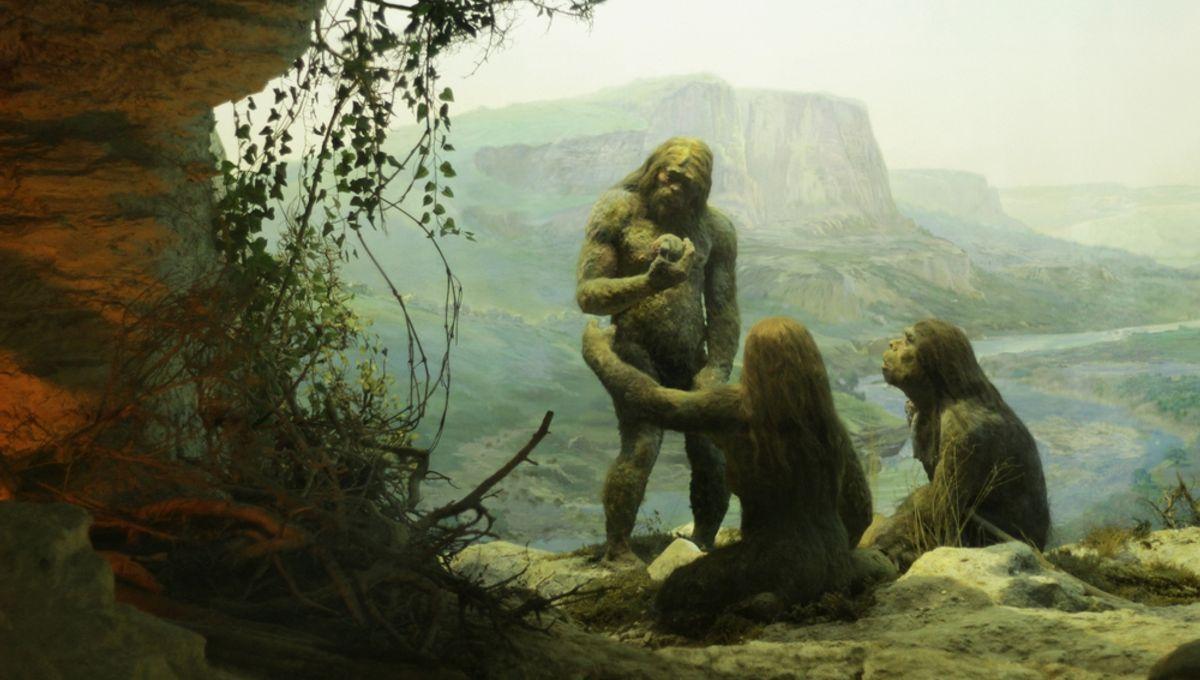It’s a well-known (and somewhat awkward) fact that Homo sapiens and Neanderthals interbred. While previous research has explored when these encounters took place, findings have revealed where exactly it happened.
Scientists took a close look at the geographical distribution of both species in Southwest Asia and Southeast Europe around the time we know they hooked up during the Late Pleistocene. This revealed a clear location where the two human species overlapped with each other and likely interbred: the Zagros Mountains, a long mountain range on the Persian Plateau that stretches across the modern-day borders of Iran, northern Iraq, and southeastern Turkey. The landscape around the Zagros mountains in Iran. Image Credit: Matyas Rehak/Shutterstock.com The Zagros Mountains would have been an ideal place for the two species to rendezvous. The region has a diverse range of biodiversity and topography capable of supporting large stable human populations. Plus, it could have welcomed humans from other parts of the planet during the Pleistocene climatic shifts, acting as a corridor connecting the cooler Palearctic realm with the warmer Afrotropical realm. The location also neatly lines up with the archeological record and genetic evidence. The Zagros Mountains region is rich in archaeological sites containing the remains of both Neanderthals and prehistoric Homo sapiens. The legacy of this interspecies romping still lives on today. Scientists discovered that Homo sapiens and Neanderthals interbred in 2010 when they first sequenced the full Neanderthal genome. With further work, it was revealed that between 1 and 4 percent of the genomes of all non-African humans alive today derive from Neanderthals. These genes continue to shape many facets of our appearance and behavior, from bigger noses and lower pain thresholds to higher vulnerability to COVID-19 and depression. The study was published in the journal Scientific Reports. An earlier version of this story was published in 2024.





